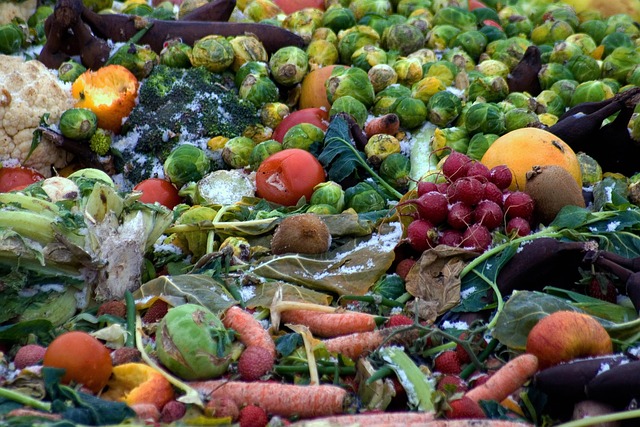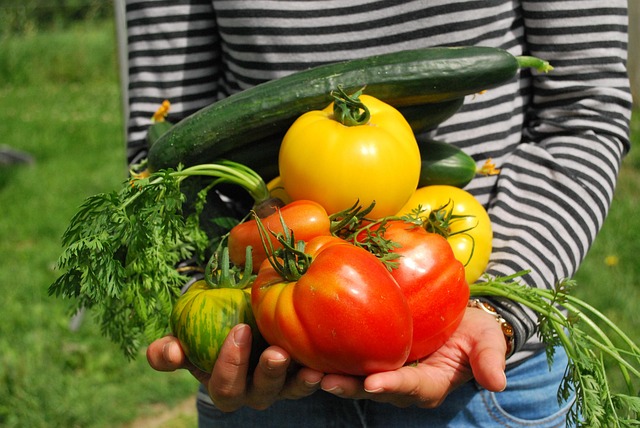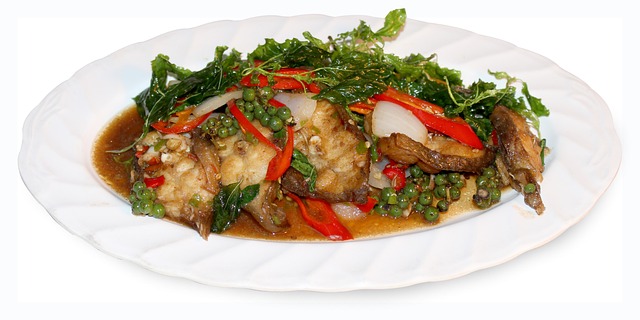
Frozen vegetables are a standard in today’s kitchen, providing convenience, nutrition, and versatility. In this definitive guide, we cover all that you want to know about frozen vegetables, from where they come from to where they are headed.
What Are Frozen Vegetables?
These are vegetables that have been picked at optimum ripeness, washed, usually blanched, and quickly frozen so that their nutrients and freshness are locked in. This preserves their flavor, color, and texture until you need them.
A Brief History of Frozen Vegetables
The idea of freezing foods isn’t new either. Clarence Birdseye, usually credited with the discovery of the modern frozen food business in the 1920s, watched native people in Canada employing ice and snow to freeze fish. This gave rise to the invention of quick-freezing technology, and by the 1930s, frozen vegetables were becoming commercially viable.
Why Are Frozen Vegetables Popular?

They have gained immense popularity because of their convenience, longer shelf life, and nutritional benefits. Owing to hectic lifestyles and increasing health awareness, consumers are opting for frozen vegetables to fulfill their nutritional requirements.
Nutritional Benefits of Frozen Vegetables
Frozen vs. Fresh Vegetables: Which Is Better?
Unlike common perception, frozen vegetables tend to retain greater amounts of nutrients than fresh vegetables, particularly when the latter are not eaten shortly after picking. Fresh produce can be damaged by transport and storage, but freezing preserves nutrients.
Vitamin and Mineral Preservation
Blanching prior to freezing inactivates enzymes responsible for spoilage, and quick freezing preserves vitamins such as C and B-complex. Minerals like potassium, magnesium, and iron are also mostly preserved.
Fiber and Health Benefits
Fiber levels in it are comparable to those of fresh vegetables. Daily consumption aids digestion, assists in the control of blood sugar, and reduces cholesterol.
How Frozen Vegetables Are Produced
The Freezing Process
Following the harvest, vegetables are washed and frequently blanched (briefly boiled or steamed) to destroy bacteria and retain color and texture. They are then quickly frozen utilizing techniques such as flash freezing or Individual Quick Freezing (IQF).
Quality Control Procedures
Careful quality checks are done throughout the process, such as temperature checks, facility cleanliness, and testing for contaminants to ensure freshness and safety.
Common Frozen Vegetables
Some common ones include:
- Green peas
- Corn
- Spinach
- Broccoli
- Carrots
- Mixed vegetable medleys
Buying Frozen Vegetables: What to Look For
Check the Labels
For:
- No added preservatives or artificial color
- Low-sodium or no-salt-added varieties
- Expiration or “best by” dates
Packaging Types
Frozen veggies are packaged in bags, boxes, and steamable pouches. Select resealable ones for ease of use, and don’t buy those with broken packaging to maintain product integrity.
Selection Tips
- Opt for plain vegetables without sauce for healthier fare
- Purchase in bulk for cost savings
- Opt for few ice crystals—a reflection of good storage
Storing it Correctly
Home Storage Tips
Keep them in a freezer at or below 0°F (-18°C). Store them in airtight containers or resealable bags to avoid freezer burn.
Optimal Storage Time
The majority of it are optimal for 8–12 months. Although they will be safe after that, quality will suffer.
Freezer burn is dry, off-color patches. It’s not dangerous but can be unpleasant to eat. Avoid it by closing containers and bags airtight and not overstuffing your freezer.
Preparation of Frozen Vegetables
The Best Cooking Techniques
- Steaming: Keeps the majority of nutrients and texture
- Sautéing: Flavoring and keeps some crispness
- Microwaving: Quick and easy for a small serving
Simple Recipes

- Vegetable Stir-Fry: Stir-fry a combination of frozen veggies with garlic and soy sauce
- Spinach and Cheese Omelet: Mix in frozen spinach into whisked eggs
- Vegetable Soup: Combine a blend of frozen vegetables with broth and spices
Meal Prep Tips
- Mix into pasta dishes, casseroles, or rice bowls
- Pair with proteins for nutritious meals
- Divide into portions in freezer-safe containers for simple reheating
Frozen Vegetables in World Cuisine
Global Application
Frozen vegetables are the highlight of many cuisines:
- Asian: Broccoli, bell pepper, and snap pea stir-fries
- European: Creamed spinach, ratatouille, and vegetable gratins
- Latin American: Corn and pepper blends for fajitas and empanadas
Converting Classic Recipes
Frozen vegetables can easily replace fresh vegetables in most classic recipes. Simply factor in briefer cooking times, since frozen vegetables are pre-cooked during blanching.
Frozen Vegetables’ Environmental Impact
Sustainability and Waste Reduction
Frozen vegetables minimize food waste since they’re packaged and stored. They also limit spoilage during shipping.
Energy and Carbon Footprint
Although freezing requires energy, effective shipping and storage systems tend to cancel out the carbon footprint against the wastage of unused fresh produce.
Packaging Considerations
Use recyclable or minimal packaging where possible and purchase brands that have environmentally friendly manufacturing processes.
Myths and Misconceptions About it
“They Aren’t Nutritious”
Research indicates that frozen vegetables are able to equal or even exceed the nutrient content of fresh vegetables when stored and prepared properly.
“Fresh Is Always Better”
Fresh veggies have a declining nutrient level as time goes on. Unless eaten shortly after picking, they can provide fewer vitamins than frozen ones.
Understanding Preservation
Freezing is a chemical-free preservation process. It’s one of the most secure methods of maintaining vegetables nutrient-rich.
The Future of Frozen Vegetables
Emerging Trends
Innovations involve organic frozen vegetables, flash-frozen superfoods, and steam-in-bag packaging. There is also greater transparency when it comes to sourcing and production processes.
Technological Advances
New freezing technologies are designed to enhance texture and minimize losses of nutrients. Vacuum freezing and cryogenic freezing are picking up steam.
Making Frozen Veggies a Habit
Make frozen veggies part of your weekly menus. They’re affordable, cut down on prep, and open up healthy eating to everyone.
Conclusion
They are more than just a convenience backup. They’re a dependable, healthy, and earth-friendly option for today’s meals. Whether you’re cooking up a fast dinner or prepping a week’s worth of healthy meals, frozen vegetables have a place in your kitchen.
